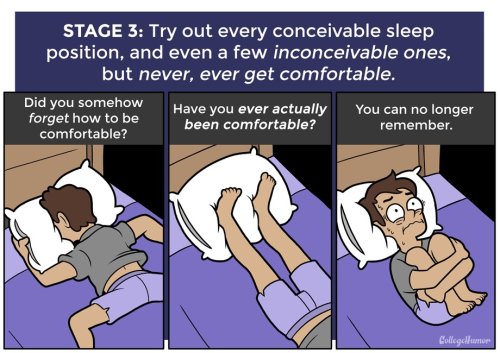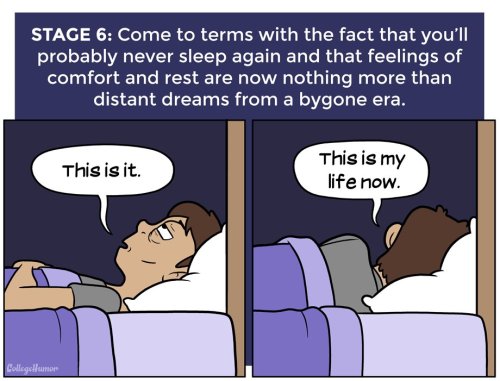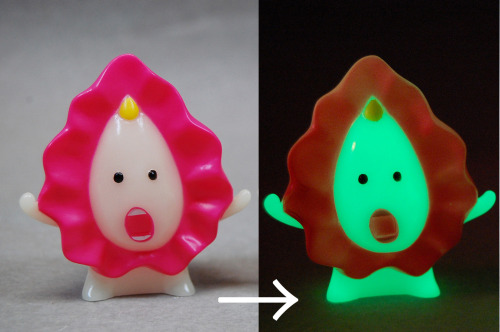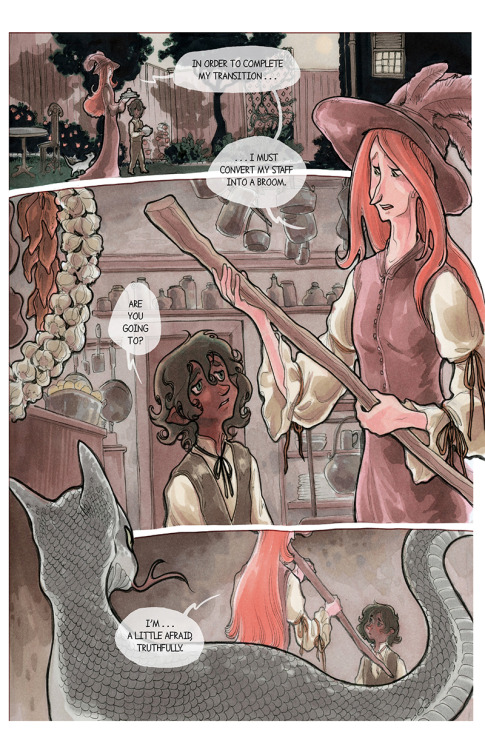
Consider the procedure by which ancient Egyptians prepared a body for the afterlife.
In ancient Egypt, mummification was considered integral to one’s afterlife. The mummified body provided a place for a person’s ba, or spirit, to return to the body after death.
The process began with the evisceration of the body. All internal organs were removed- except the heart. The heart had to remain in place, it would testify for the deceased person in the afterlife. Often a scarab or other amulet would be placed over the heart to protect it in its voyage through the netherworld.
The brain was usually removed. A long, slightly hooked tool was introduced into the brain through the nose, swirled around to liquefy the brain. The head was then tipped forward and all contents of the skull poured out, again through the nose. It is not uncommon, as with our mummy, that the brain was left in place. It simply dried up and shrank during mummification.
The next step was to dessicate the body. The deceased was laid out under a mound of natron salts, salts native to the area, and not unlike today’s baking powder. Over a period of days, the salt absorbed all the moisture, the flesh shrank, and the skin darkened.
Egyptians used resins, cassia, cedar oil, myrrh, cassia, and palm wine as drying or anti-microbal agents in the embalming of the mummy. These, like the natron salts, helped to protect the body from decay.
The lungs, stomach, intestines, and liver were dried out and each placed in a canopic jar. The jars came in sets of four, and each of the Four Sons of Horus were assigned the duy of protecting the contents of one of the vessels.
Keep that in mind. Now consider how modern cryotechnicians prepare the body of a two-year-old girl who died in Thailand.
It involves moving the patient onto an ice bed, coating her in freezing materials, artificially restarting the heart with a “heart-lung-resuscitator,” administering over a dozen different medications, draining the blood and replacing it with medical grade antifreeze, opening the chest cavity to attach the major blood vessels to a machine that flushes out all remaining blood, then slowly lowering the body’s temperature, at a rate of 1˚ Celsius every hour. (After two weeks, the body reaches deep cryofreeze at -196˚ C.) Alcor had selected a well-equipped pediatrics hospital in California for the job.
…
Kanshepolsky examined the girl at the hospital before she was taken home, and discovered an alarming complication: since so much of her brain had been removed, her skull had filled with cerebrospinal fluid, which would make the procedure difficult.
“We typically drill two holes in the skull, so we can visually see the brain. If the brain begins to contract, it shows it’s working,” Drake said. That’s because the medical antifreeze Alcor uses dries the brain, and shrinks it. Alcor technicians also insert crucial instruments through the perforations. “Into those holes we’ll insert thermo-couplings, temperature probes basically, to monitor the brain temperature,” Drake said.
…
“Typically we’d move the head from the trunk of the body,” Drake told me. “We didn’t know what their reaction would be from the family, the mortuary, from border officials; this has to go through a number of shipping venues, customs, the TSA and so on. To see a frozen head in a box might have raised a number of red flags. In the US that’s not a big deal, but there, they may not be accustomed.” Instead, they kept the body intact, and frozen. “The entire patient was placed in a specially prepared dry ice shipping container and the cool down to dry ice temperature (-79 degrees C/-109 degrees F) began on-site,” More and Drake wrote. It proved to be an astute calculation; the container passed inspection.
“After the US Embassy in Thailand approved the shipment, the container was topped off with dry ice and shipped by airline to LAX for customs approval,” according to the official account. There, Alcor enlisted its mortuary agent in Buena Park to take the container. Drake and another Alcor operative drove down to collect it in what Kilma called an Alcor response vehicle. They topped off the container with dry ice, loaded it into the truck, got the necessary transit permits, and brought the human cargo back to Scottsdale. “The neuro separation was performed at Alcor after arrival and Matheryn became Alcor’s 134th patient,” according to the company.
Matheryn’s procedure was what Alcor calls a “neuro” in shorthand—where ultimately, just the brain is extracted and preserved, as opposed to the entire body. Her brain is now stored in a “Bigfoot Dewar,” a stainless steel, vacuum-insulated container filled with liquid nitrogen and kept at -196˚C, along with dozens of other masses of grey matter. The core of Einz’s two-year-old being now rests in cryofreeze in Arizona, in wait of a cure, and a means to regrow her body.
What’s the difference? Aside from the details, of course.
We can look at those old mummies today and recognize that everything done to them destroyed the tissue biologically, not that the Egyptians were aspiring to biological preservation. We shake our heads sadly at the idea that they were effectively preserving the person now.
I look at what those cryogenic frauds are doing to dead bodies, this elaborate ritual of surgical and chemical and pseudo-scientific alteration of the corpse with the hopeful idea that this process effectively preserves the person, and I have to shake my head sadly, too. This is just adding layers of technological modification to the dead, instead of decay. I have no hope that this is actually preserving anyone.
I also wonder what a future civilization would do if they inherited tanks of liquid nitrogen containing extracted blobs of diseased brains and decapitated heads. Does anyone really believe that they’d feel any obligation to resurrect them, even if they could? Think of the fate of so many Egyptian mummies, ground up and used in patent medicines, or propped up in museum displays. The more likely end is that there will be a rusted, broken tank in a museum, with a little plaque explaining how some 21st century Americans were so obsessed with immortality that they tortured cadavers.
I’m not even going to address the transhumanist technofetishist version of Pascal’s Wager: If you don’t freeze your body, you have zero chance of resurrection, but if you do, there’s a small chance that you’ll be brought back to life in the future
. Right. And maybe you’ll get teleported into the future if you spin widdershins three times while reciting the Lord’s Prayer backwards. Maybe! A tiny chance is better than no chance, right?
 I’m not quite sure what came over me, I’d set out in search of a beer and a burger. But somehow ended up in a juice bar wolfing down falafel, quaffing a cucumber, celery, ginger smoothie and sprinkling sweet potato chips with some strange pink salt.
I’m not quite sure what came over me, I’d set out in search of a beer and a burger. But somehow ended up in a juice bar wolfing down falafel, quaffing a cucumber, celery, ginger smoothie and sprinkling sweet potato chips with some strange pink salt.



































































































